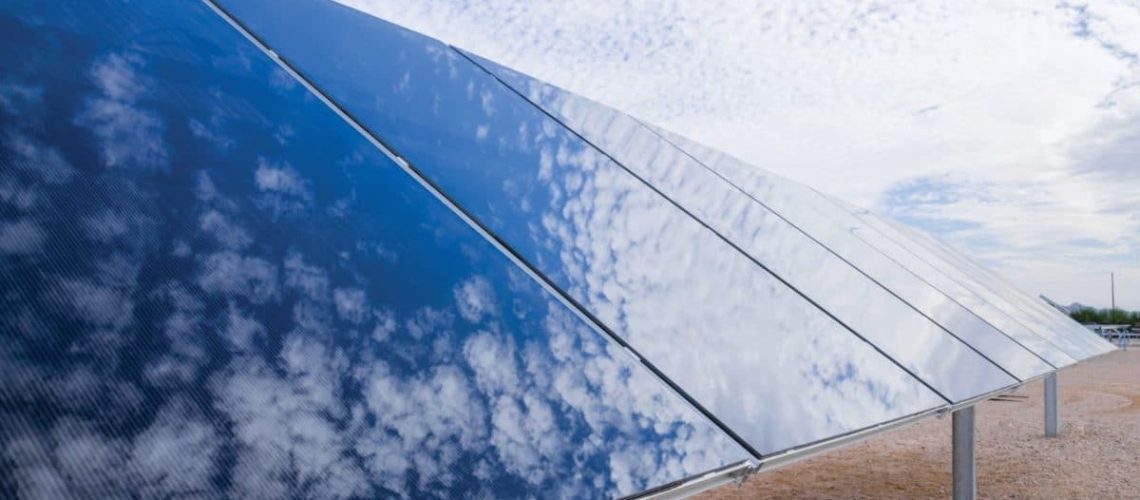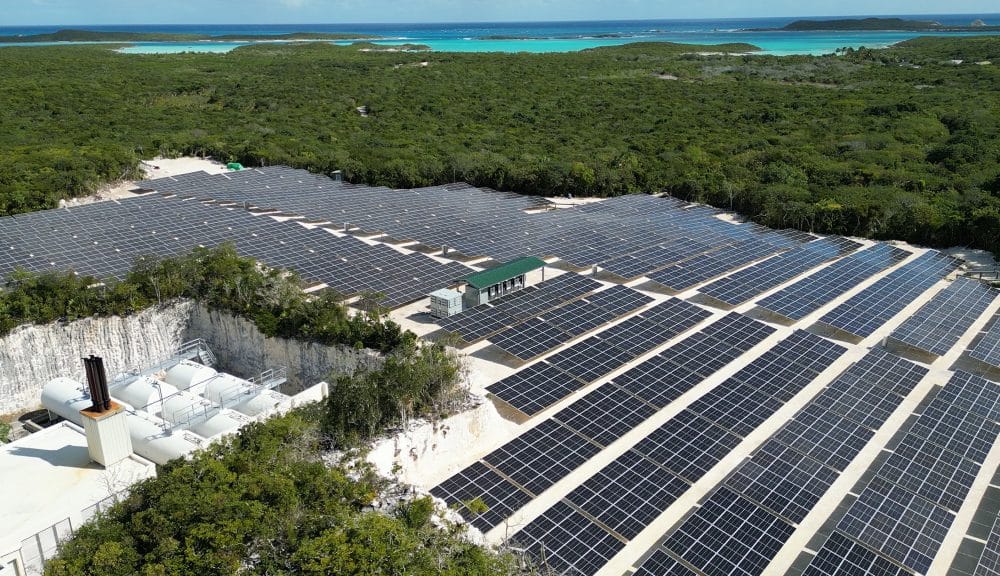The U.S.-based thin-film solar panel manufacturer raised its expectations for 2023 as its order backlog grows.
First Solar, a U.S.-based manufacturer of cadmium telluride thin-film solar modules, announced its Q3 2023 earnings, posting a miss on revenues, but beating expectations on earnings per share.
The company delivered $801 million in revenues, falling short of expectations of $892 million. It reported an earnings per share of $2.50, exceeding expectations by 22.5%. In the same quarter last year, First Solar delivered a loss per share of $0.46 and $629 million in sales, showing a strong move toward profitability and sustained revenue growth.
The company shipped 2.7 GW of solar module orders in-quarter. Its backlog of orders has reached 82 GW, and year-to-date orders have accumulated to 28 GW.
Notably, First Solar delivered gross margins significantly higher than Wall Street expectations. Gross margins came in at 47%, higher than the consensus of 39%. Gross margins improved based on lower sales freight costs, higher module average sales prices, and a higher volume of U.S.-produced modules, which make them eligible for the 45x tax credit under the Inflation Reduction Act.
“We believe the future belongs to thin film,” said chief executive officer Mark Widmar on the company’s earnings call.
The company continues to open more manufacturing capacity in the U.S. and abroad to meet the growing backlog of orders booked through the near- and mid-term. First Solar produced 2.5 GW of Series 6 modules in the third quarter. Its third Ohio factory is operating a Series 7 manufacturing line, producing 15,000 modules per day. Cumulatively, the company’s Series 7 module production in the U.S. has surpassed 1 GW.
First Solar targets 25 GW of global manufacturing capacity by 2026.
The company has also begun producing bifacial thin-film modules, which the company said is a first for the industry.
“The technology features an innovative, transparent back contact pioneered by First Solar’s research and development team, which, in addition to enabling bifacial energy gain, allows infrared wavelengths of light pass through rather than be absorbed as heat and is expected to lower the operational temperature of the bifacial module and result in higher specific energy yield,” said Widmar.
The company secured an average per Watt sales price of $0.296 in-quarter.
“We expect to qualify for an IRA credit of approximately $0.17 per watt for each module produced in the U.S. and sold to a third party, which is recognized as a reduction to cost of sales in the period of sale,” said Alexander Bradley, chief financial officer, First Solar. “During the third quarter, we recognized $205 million of such credits compared to $155 million in the second quarter.”
Read more about recent developments for First Solar on pv magazine USA.




